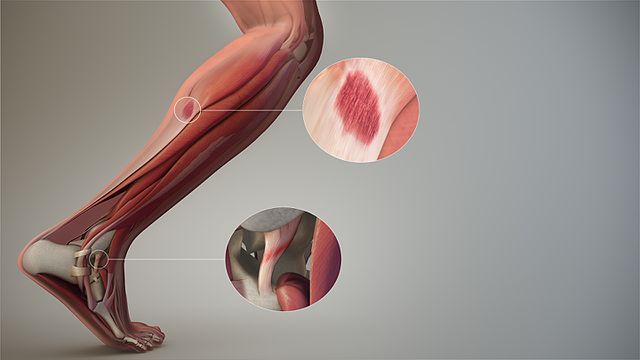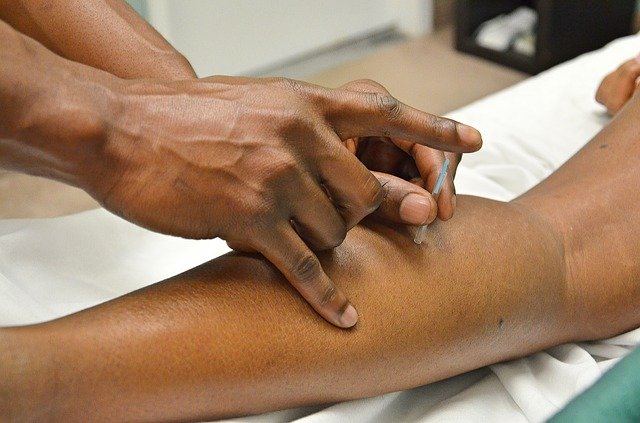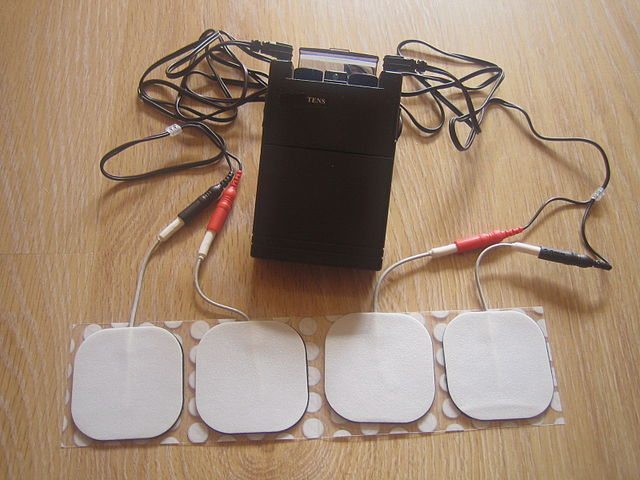Can dry needling affect Patellofemoral Pain Syndrome? Patellofemoral Pain Syndrome is a general term that is used to describe knee pain that is centered around the knee cap and front of the knee. Due to the frequency of patellofemoral pain syndrome in athletes, this particular type of knee pain is sometimes referred to as “runner’s knee” or “jumper’s knee.” The most frequent demographic of individuals that experience patellofemoral pain syndrome includes women and young adults. Even though runner’s knee is common in athletes, it can affect non-athletes as well. The pain and stiffness that runner’s knee creates often affects how individuals are able to go up and down stairs, kneel down on the knees, and perform other daily activities.
Patellofemoral pain syndrome occurs as a result of the nerves sense pain and inflammation of the muscles, tendons, ligaments, bursa, fat pads and bones around the kneecap.
In some situations, this knee pain is accompanied by other knee related conditions such as chondromalacia patella (a softening and breakdown of the cartilage on the underside of the knee cap), but it can result as a standalone symptom as well.
Two Main Causes of Runner’s Knee
The two main causes of runner’s knee include:
- Overuse Injuries – in many cases, runner’s knee is a result of vigorous physical activities that place repeated stress on the knee. These overuse injuries frequently include jogging, climbing stairs, lunges and squats. Additionally, it can be the result of beginning an exercise program for the first time after a period of inactivity.
- Kneecap Misalignment – in addition to overuse injuries, a complicating factor of runner’s knee is when the kneecap does not slide, or track, within the proper location. If the thigh muscles are imbalanced, resulting in inappropriate movement of the kneecap during use, swelling and inflammation are more likely to result.

Treating Runner’s Knee without Drugs or Surgery
Generally speaking, treatment of runner’s knee is addressed by reducing the strain of overuse activities, allowing optimal rest and recovery between use. In addition to rest, specific exercises to improve leg muscle balance to improve kneecap movement is essential.
Furthermore, a growing body of research shows indication that chiropractic care, massage, and dry needling can help improve therapeutic effects of rest and specific therapeutic exercises of the knee for runner’s knee pain.
Dry Needling Augments Conventional Treatments to Runner’s Knee
In a study published in the Archives of Physical Medicine and Rehabilitation, it was demonstrated that dry needling applied to the gluteus medius and quadratus lumborum muscles of female athletes substantially affected their knee pain and performance in comparison to those that only received rest and rehabilitation exercises.
In the study, two groups of female athletes that experienced patellofemoral pain syndrome received 4 weeks of exercise therapy to specifically address their runner’s knee symptoms, but one of the groups received dry needling treatment to the gluteus medius and quadratus lumborum muscles. All of the participants demonstrated improvements in pain and function throughout the study, but the athletes that also received dry needling, “showed significantly greater improvements in pain, function, and pressure point tenderness.”
The evidence from this study clearly shows the importance of rehabilitation exercises and proper medical care for runner’s knee. Additionally, this study highlights the compounding effect of incorporating dry needling treatment sessions for pain relief with runner’s knee.
Whether you are an athlete or not, when knee pain is present, there are specific treatment options that have been proven to help reduce pain, and inflammation. The doctors at Synergy Chiropractic of Houston are able to help you overcome your pain, and return to optimal function. Do you experience runner’s knee? We can help!


